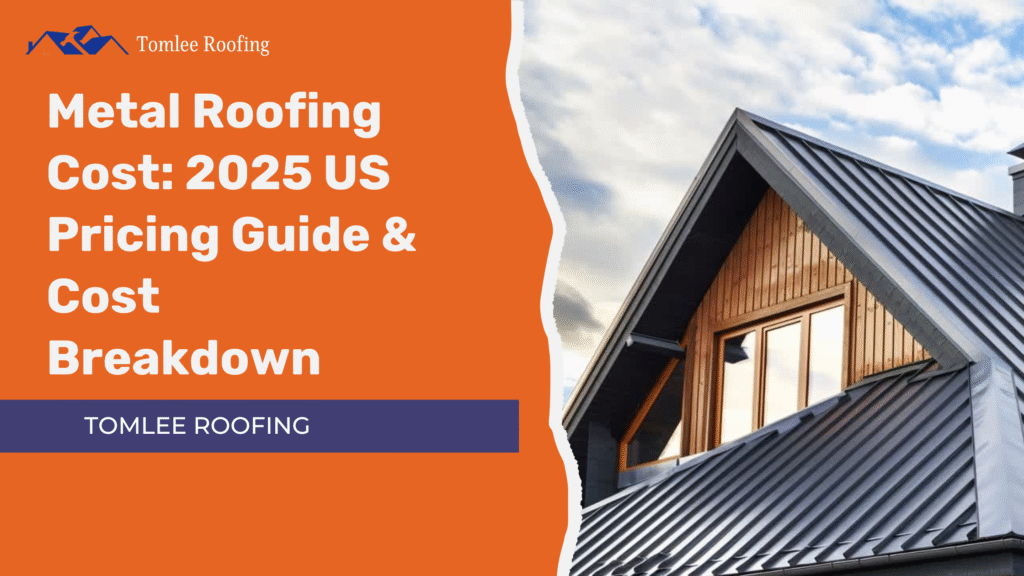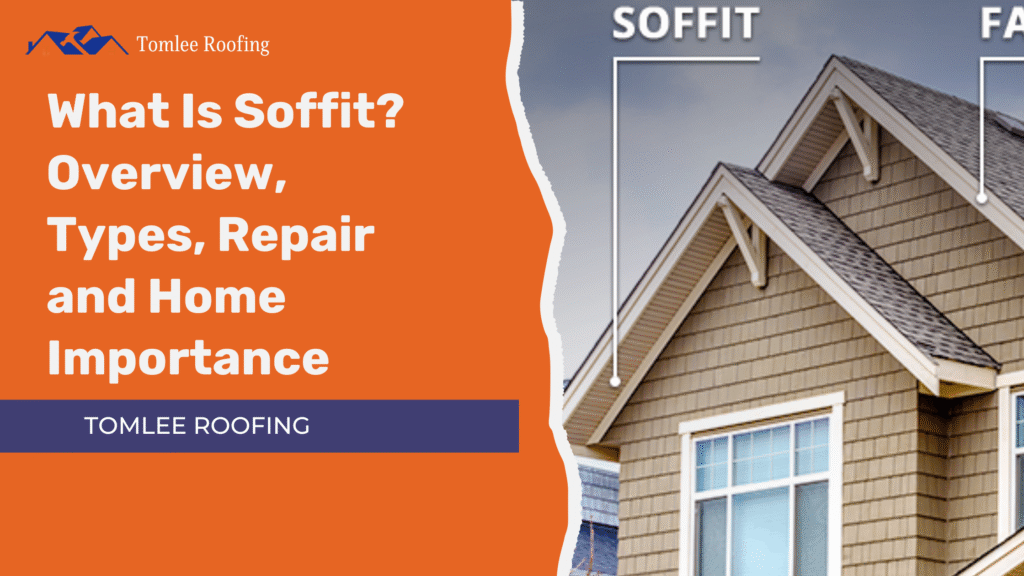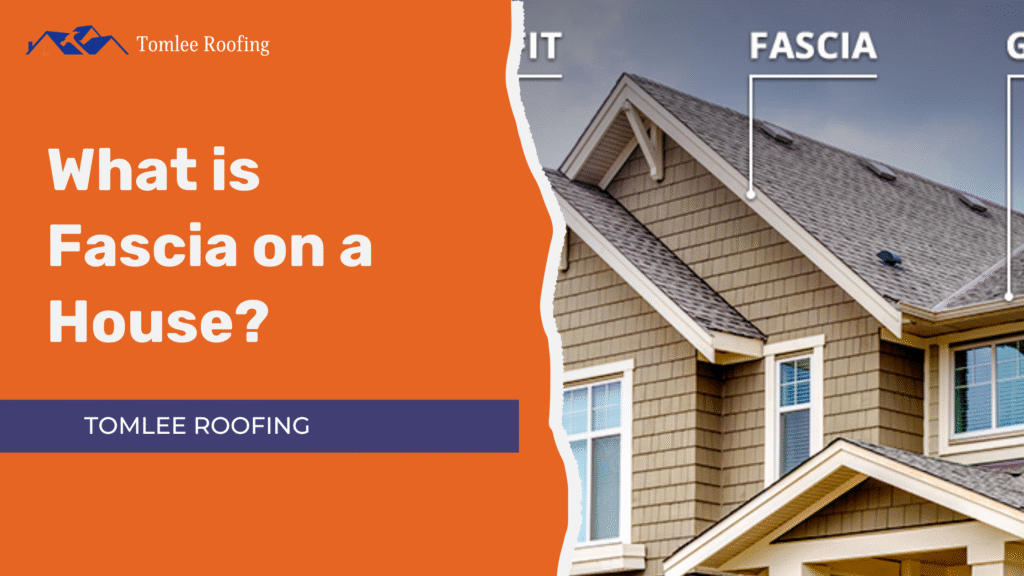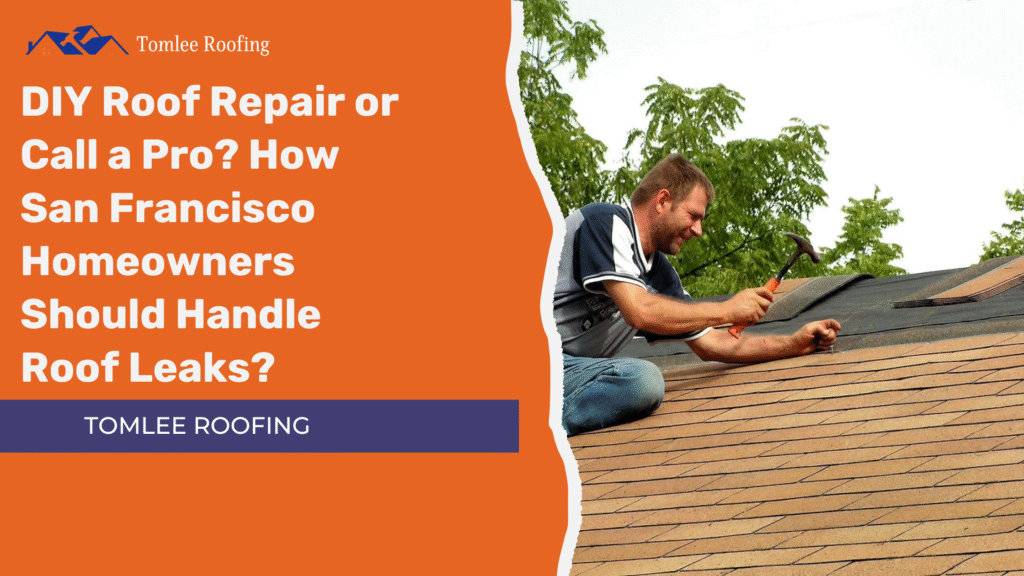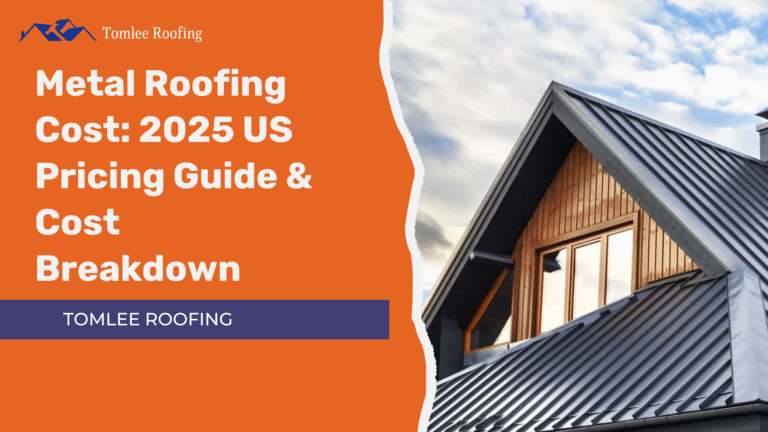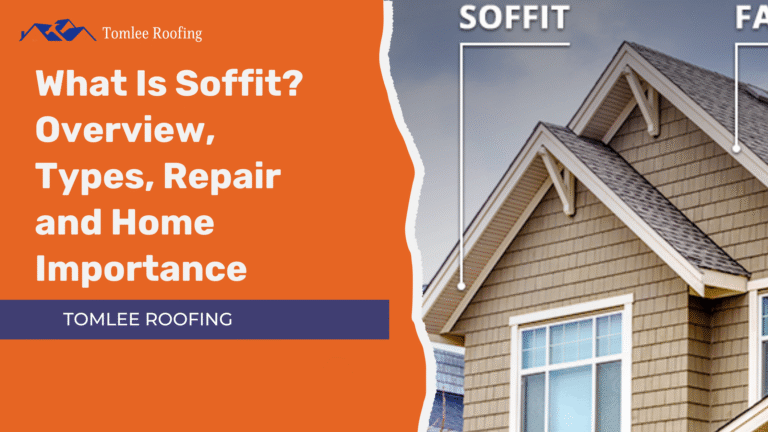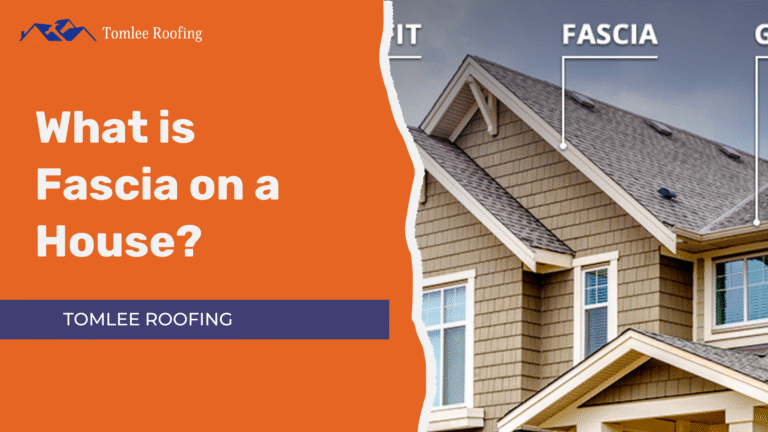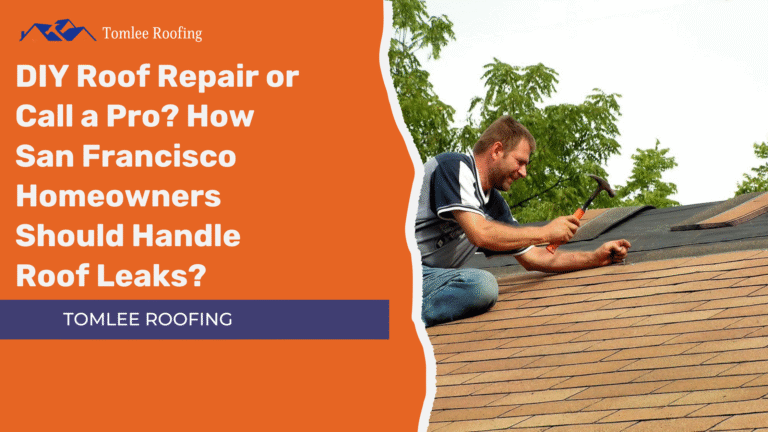Homeowners in 2025 expect swift, reliable answers regarding metal roofing costs, especially with ongoing price changes. This guide provides direct information about expenses for materials, labour, and installation, using accurate national data and updated cost tables. By covering panel types, paint finishes, and critical cost elements, this resource helps you confidently budget for your roofing project.
Inside, you’ll find a detailed breakdown of pricing, current market dynamics, and every variable affecting your installation quote. Whether you need a quick comparison or want to understand less common considerations like fastener specifications and underlayment, this metal roofing cost guide helps you compare solutions and collect reliable quotes.

- Current 2025 costs for metal roofing panels and installation
- Up-to-date average price ranges and labour rates
- Complete installation estimate details
- Breakdown of primary factors affecting total metal roofing cost
Metal Roof Cost Overview: 2025 Estimates & Main Pricing Ranges
The typical cost for metal roof installation in the US during 2025 falls between $10,400 and $18,700 for a standard 2,000 square foot property, with pricing dependent on material selection, roof layout, and regional labour rates. Cost proposals often start at $7 per square foot for entry-level systems, while premium materials or complex roofs can reach or surpass $25 per square foot. These figures cover both materials and professional installation, but prices shift periodically in response to changes in raw materials and economic factors.
The most significant pricing variables in metal roof construction cost for 2025 include unpredictable material costs, a limited pool of skilled installers, and increased transportation fees. In comparison to other roofing systems, metal offers longer service life, reduced maintenance fees, and outstanding resistance to severe weather. These qualities are central to both long-term budgeting and property value.
Homeowners should be aware of the following typical price points and factors:
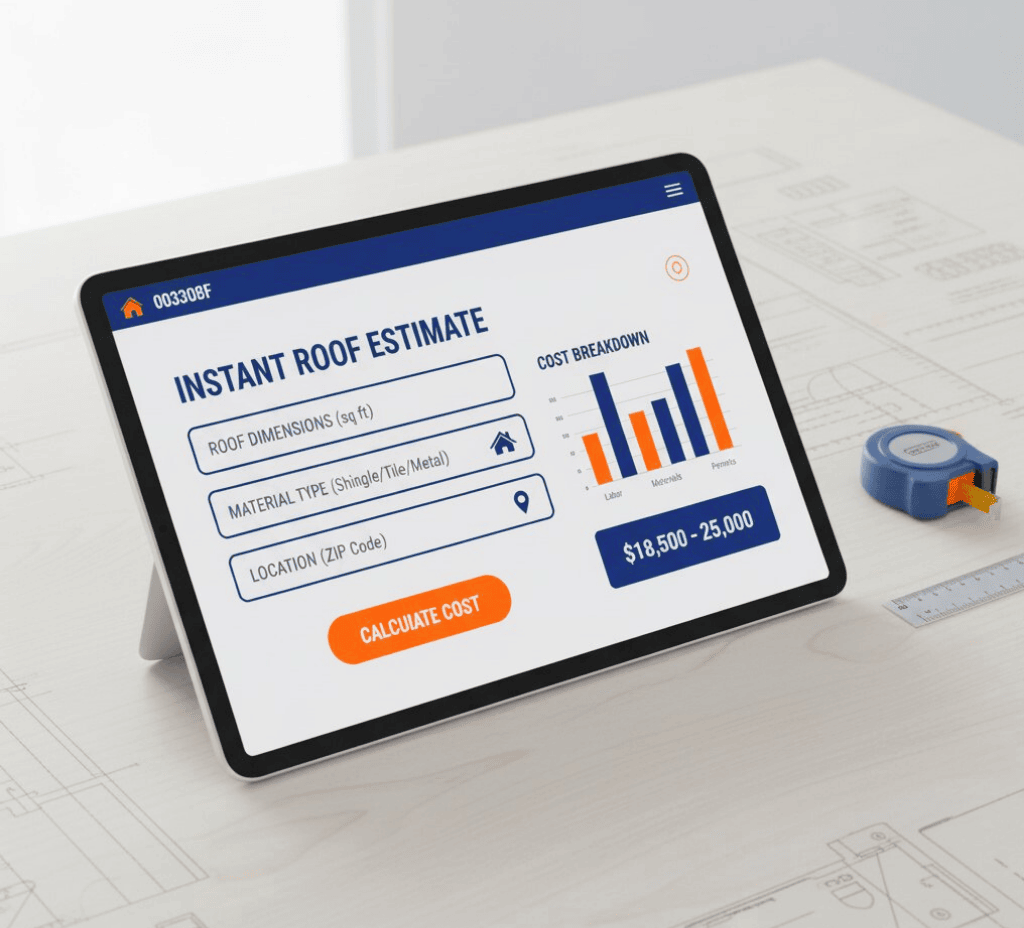
- The nationwide average for installing metal roofing is $10,400–$18,700 on a 2,000 sq. ft. home.
- Projects typically range from $7–$16+ per sq. ft., subject to material and complexity.
- Ongoing market changes and supply chain challenges can lead to noticeable monthly variations.
- Both the upfront investment and the roof’s long life affect the total value for US households.
Key Factors That Influence Metal Roofing Cost
A variety of elements influence the metal roofing cost for each property owner. The most notable factors are the kind and thickness of metal, panel profile, chosen finish and colour, plus the shape and slope complexity of your roof. These details play a significant role in determining both material costs and the amount of labour required.
Local market conditions are an additional major cost driver. Places with demand for skilled trades or a higher cost of living often experience greater installation expenses. Unique roof features like skylights, dormers, valleys, hips, and chimneys add complexity and require custom-cut panels and extra trim, increasing costs for both materials and labour.
The total project budget should account for underlayment, trim, flashing, and fastener quality. In areas with harsher climates, choosing a high-performance paint like PVDF or a fluoropolymer finish will increase longevity and reduce ongoing maintenance needs, though it brings a higher initial charge.
- The type of metal (steel, aluminium, copper, zinc) and thickness determine the material price per sq. ft.
- Panel style, for example, standing seam with concealed fasteners, typically increases both labour and metal roofing cost
- Installation, regional labour, and unique trim considerations can account for 60% or more of the total project cost
- Paint/finish system (SMP or PVDF) influences the upfront rate and the roof's expected lifespan
Request multiple installation estimates from qualified contractors to identify cost differences and avoid hidden charges. Detailed service agreements should list all expenses, such as site preparation, material delivery, and removal of former roofing.
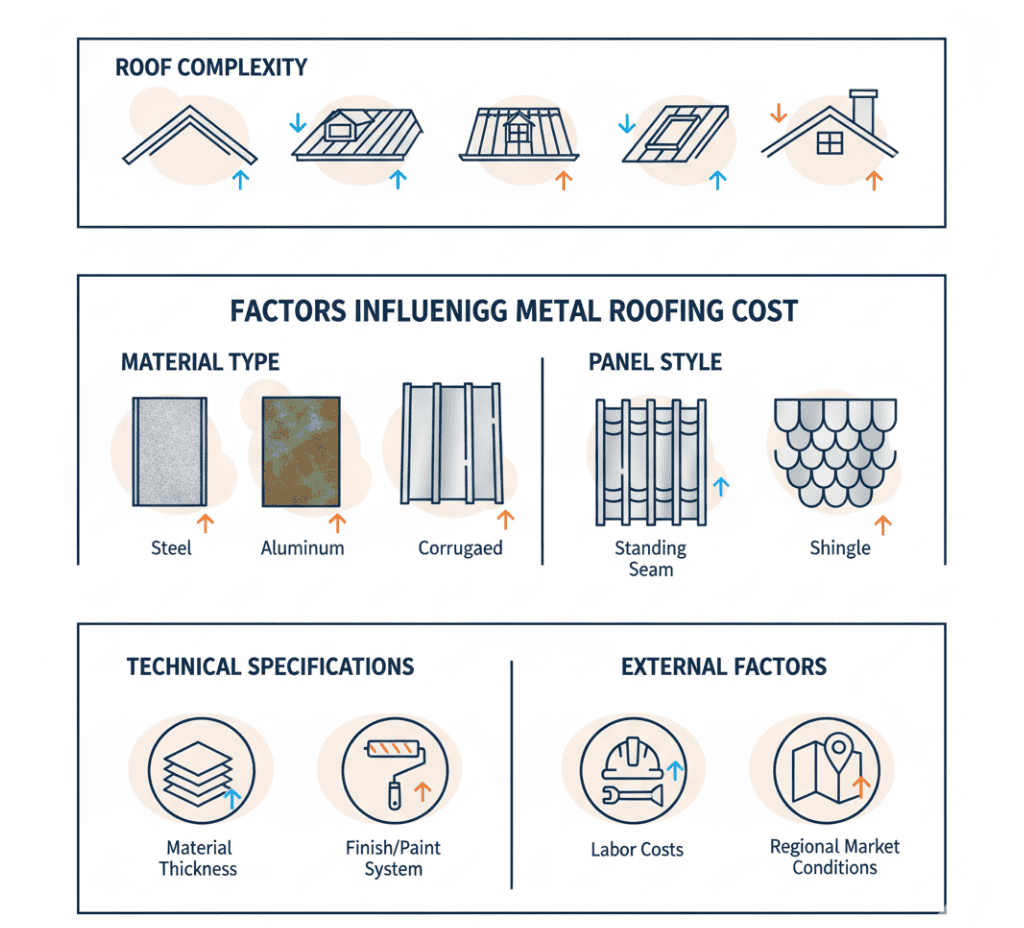
Cost Breakdown by Metal Roofing Material Type
Material rates for metal roofing vary widely across types. Steel remains popular for its mix of value and strength, while aluminium, copper, and zinc are sought after for their improved appearances and greater longevity, but come at a premium. The following table presents typical metal roofing panel prices for just the materials in 2025.
- Panel varieties like corrugated, standing seam, or shingle, directly influence quotes
- Warranty coverage and finish types affect the pricing of high-end materials
- Material prices can change frequently as supply fluctuates
- Check for certified manufacturer cost disclaimers for precise rates
- Compare both panel and shingle styles within each metal type
Metal Roofing Types & Costs in the U.S. (2025)
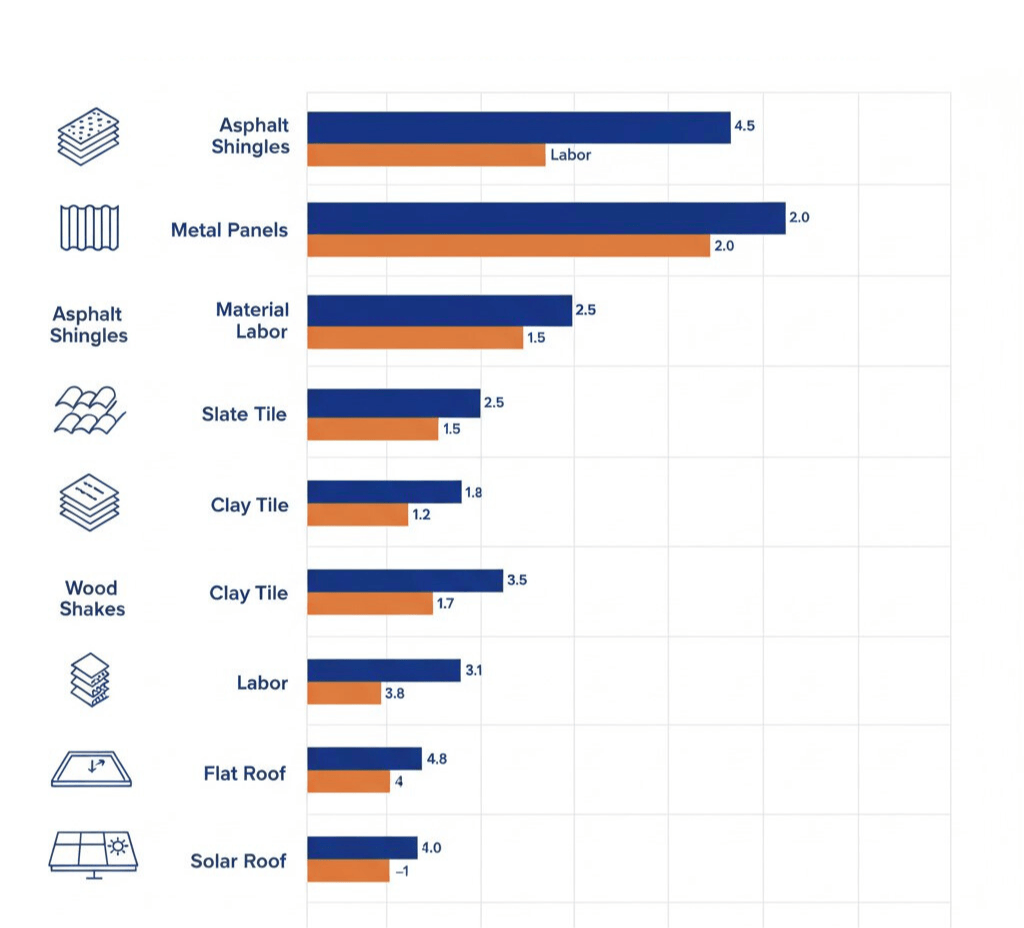
Metal Roofing Cost by Size (Installed)
Metal Roofing Cost Per Square Foot: How Size Changes Total Price
The ultimate metal roofing cost per square foot is closely linked to total roof area. Larger homes qualify for better rates on materials, but also need extra labour and management of waste. Contractors calculate prices based on the measured area; that is, one “roofing square” represents 100 square feet.
- Roofs below 1,500 sq. ft.: $9–$16 per sq. ft. installed
- Medium size (1,500–2,100 sq. ft.): $9–$14 per sq. ft. installed
- Big projects (2,500+ sq. ft.): $7–$12 per sq. ft. installed
- Add 10–15% material for waste and flashing needs
- Challenging roof shapes or steeper inclines increase costs further
Additional Variables Affecting Metal Roofing Labour Cost Per Square
Installation bills often differ based on factors outside of simple size or material type.
- Labour supply: High-demand zones can place labour at or above 60% of project charges
- Region: Expenses reflect local wages and installer expertise availability
- Roof slope: Steeper or complicated rooflines require more time and equipment
- Panel design: Exposed fastener systems reduce labour costs versus concealed fastener panels
- Custom trim: Additional trimming and flashing for roof details raises both material and labour costs
- Underlayment: Premium underlayments last longer but start with higher prices
- Finishes: Colour options and advanced coatings increase material charges
- Gutter and drainage systems: Full replacement for metal roofs ranges from $2,500 to $6,000 or more
Specifying all relevant details in your metal roofing cost calculator delivers more precise proposals suited to your requirements.
Comparing Metal Roofing Materials: Steel, Aluminium, Tin, Zinc, and Copper
Choosing steel, aluminium, tin, zinc, or copper sets the stage for both performance and metal roofing cost. Steel is most common for homes, valued for affordability and toughness, available in both corrugated and standing seam varieties. PVDF-coated steel is particularly good in harsher climates.
Aluminium is well-suited for shoreline homes, resisting corrosion from salt and providing a lightweight, reflective surface. While it has a higher cost compared to steel, aluminium is highly effective for beachside and lakeside settings and offers an array of styles and hues.
Tin, or terne-coated steel, is rarely used today except for historical properties. Zinc costs more but has a “self-sealing” nature, natural patina development, and outstanding corrosion resistance. Copper heads the premium end, boasting a lifespan of 80+ years, stunning appearance, and minimal maintenance—reflected in its top-tier price.
- Steel: $7–$14/sq. ft. installed; reliable for most locations
- Aluminium: $10–$15/sq. ft. installed; top pick for coastal environments
- Tin: $9–$13/sq. ft. installed; restoration projects mainly
- Zinc: $16–$25/sq. ft. installed; long life, develops attractive patina
- Copper: $20–$35/sq. ft. installed; premium lifespan and unique visual character
- Galvalume: Blends steel with aluminium for superior rust protection at moderate rates
- Final pricing is affected by panel width, chosen finish, and trim requirements
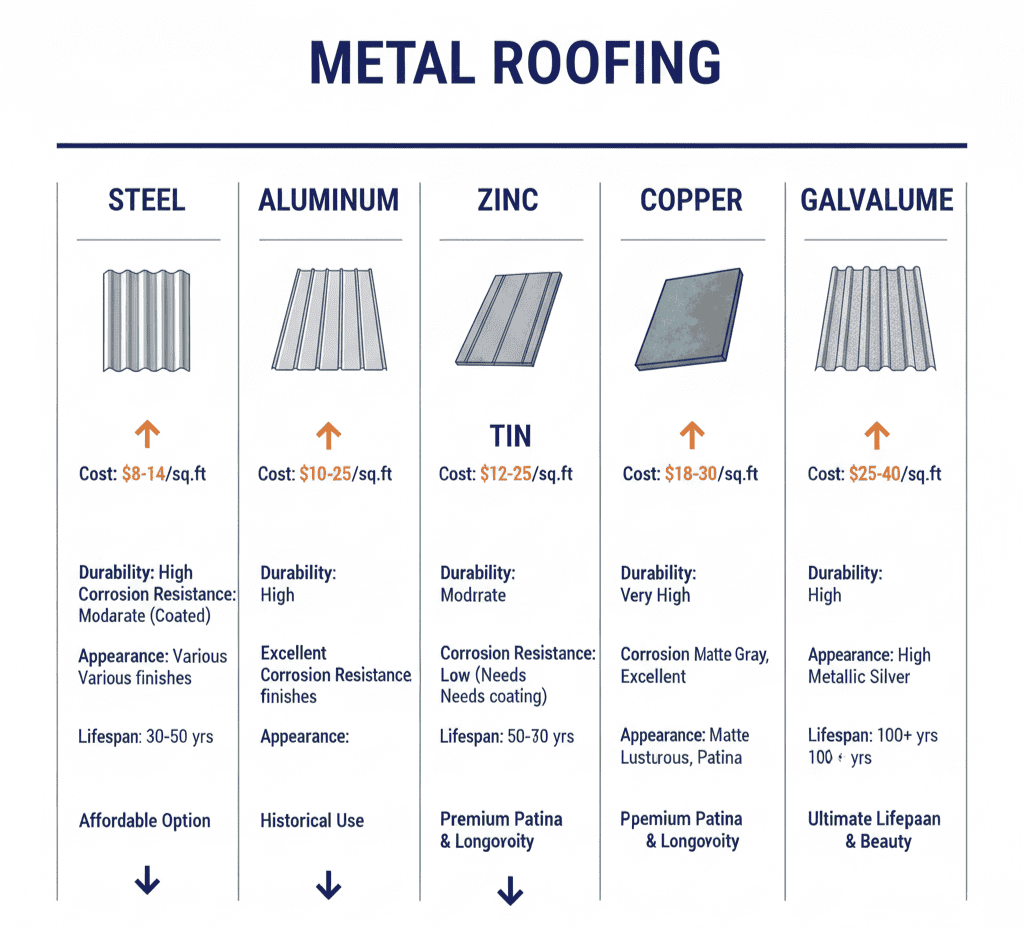
Consider the lifespan: steel and aluminium roofs generally last 40–50 years, while zinc and copper extend to 60–100 years or more. Evaluate initial price alongside future maintenance for the best value fit for your property.
Metal Roofing Cost Per Square Foot vs. Other Roofing Materials
Direct comparison of metal roofing cost per square foot with other roof types exposes both initial costs and ongoing ownership expenses. Although metal costs can be approximately double those of standard asphalt shingles, its longer lifespan and lower upkeep compensate over time.
Average national costs for 2025 are as follows:
- Metal roofing: $7 – $25+ per sq ft installed
- Asphalt shingles: $3 – $6 per sq ft installed
- Wood shakes: $7 – $15 per sq ft installed
- Slate: $20 – $35+ per sq ft installed
- Clay/concrete tile: $12 – $25 per sq ft installed
Metal is a higher initial outlay, but with an average 40+ year expected service, you are less likely to face frequent replacements compared with shingles, which last 15–25 years. Many owners find that when factoring in reduced future replacements and repairs, total ownership expense can be lower for metal, especially with improved energy savings from reflective coatings.
Top Benefits of Choosing a Metal Roof
Beyond simple pricing, metal roofing presents clear advantages in financial savings and practical durability. Noteworthy benefits of metal roofing include strong resistance to severe weather, energy-saving attributes, and significant returns on investment.
- Outstanding durability against severe weather impacts and fire
- Sun-reflective surfaces that can lower air conditioning bills
- Improved curb appeal and home market value
- Low required maintenance compared to asphalt or wood
- High amount of recycled content and full recyclability
- Broad range of colour selections and design profiles
- Insurance discounts for weather and fire resilience in many areas
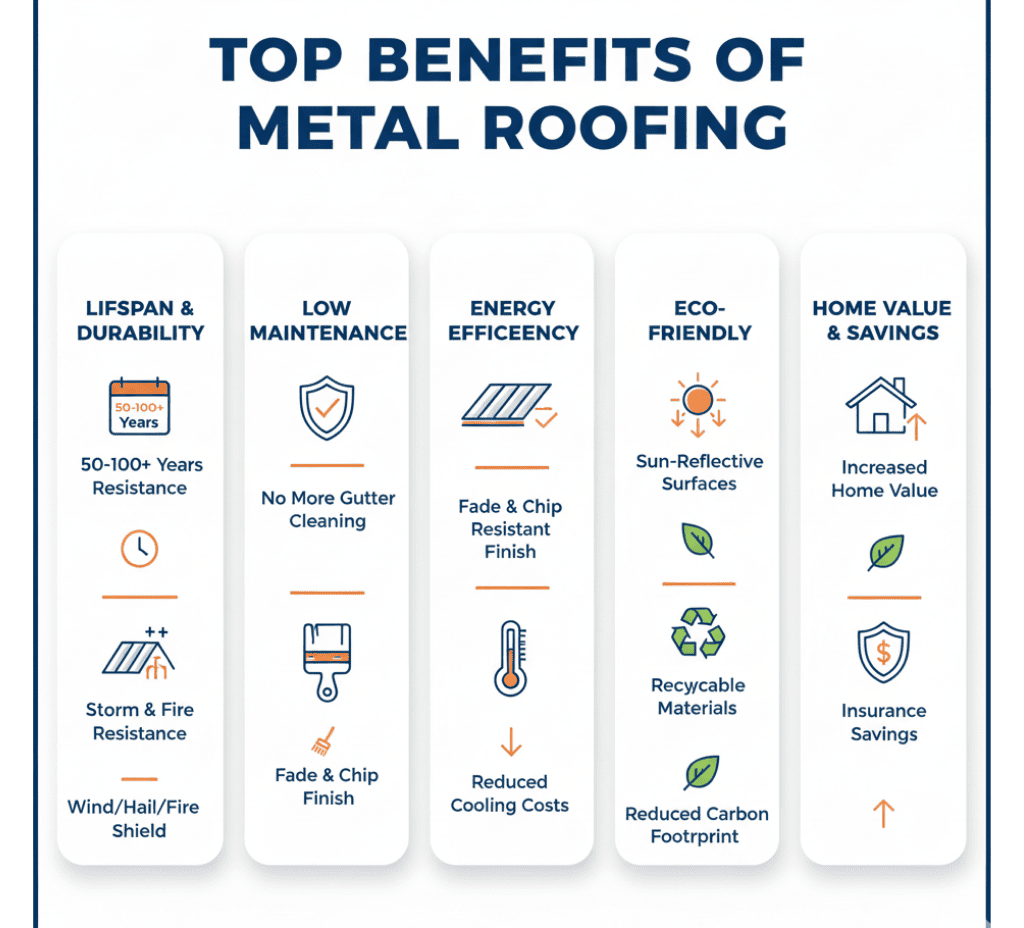
Lifespan and Durability Advantages
Metal roofing systems routinely last 40 to 70 years before major repair or replacement is required. Their robust resistance to wind, hail, and fire risks is reflected in lower premiums for homeowners’ insurance.
These roofs are non-combustible and resist smoke intrusion, which is particularly beneficial in fire-prone or heavily populated zones.
Premium panels can withstand large hail and wind debris for years after other roofing fails.
Cleaning and Maintenance Benefits
Metal panels allow debris to fall away easily and typically need little more than periodic low-pressure cleaning. This is much simpler compared to tile or wood, which may need detailed or chemical cleaning.
- General maintenance means mostly visual inspections and gutter cleaning
- Reduced risk of mould or algae thanks to non-porous material
Metal Roofing for Energy Efficiency
Reflective finishes reduce indoor temperatures, trimming summer cooling costs by up to 20%. Quality UV-resistant coatings keep energy savings higher throughout the life of the roof.
Lighter colours and speciality coatings help manage solar gain, particularly useful in sunny climates.
Eco-Friendly Credentials of Metal Roofing
Many metal roofs use up to 60% recycled content and are fully recyclable once replaced.
Fungus and chemical treatments are often unnecessary, reducing environmental impact.
Boosting Home Value with Metal Roofing
A professionally installed metal roof typically recoups about 48% of its installation charges when selling the property, with strong appeal for buyers interested in sustainability features.
Enhanced curb appeal and increased appraisal values further support the investment.
Customized Metal Roof Colors & Styles
Today’s manufacturers provide extensive customisation, including PVDF and SMP paint technologies for vibrant colour, Kynar finishes, and the option for naturally weathered patinas. Architectural profiles are available for contemporary, traditional, or rustic homes.
A wide range of colour and finish choices align with nearly every property style and performance requirement.
Potential Drawbacks and Limitations of Metal Roofing
There are some disadvantages to metal roofing, primarily the higher initial metal roofing cost and installation requirements that must be handled by specialised professionals. Concerns about noise from rain are typically overstated; with the correct insulation, differences are minimal.
- Initial cost is often double or more than that of standard shingles
- Professional, certified installers are necessary for proper panel installation
Understanding the Upfront Cost Challenge
The initial price can surprise buyers, but the long-term savings mean fewer replacements, lower ongoing repair needs, and the potential for insurance and energy benefits.
Professional Installation Demands
Self-installation or amateur repairs are rarely recommended for these systems. Seek experienced, certified metal roofing professionals to handle bidding and oversee your project for reliable, lasting results.
Frequently Asked Questions
What is the price of metal shingle roofing?
Metal shingle roofs commonly cost between $7 and $14 per square foot installed, varying with material type and project specifics. This amount is above typical asphalt shingles but provides added resilience.
How much will a sheet metal roof be?
The installed price for a sheet metal roof generally falls between $5.50 and $12 per square foot, depending on the metal, gauge, coating, and local labour charges. Steel options are usually at the lower end, while zinc and copper are at the higher end.
How much do metal roofs cost versus shingles?
Metal roofing has a higher initial cost—usually 2 to 3 times above asphalt shingles ($7–$15/sq ft versus $3–$6/sq ft.) but outlasts shingles and needs less maintenance over its lifespan.
What does a standard metal roof cost?
The total for a standard metal roof on a typical US house ranges from $13,200 to $32,000 for a 2,000 square foot area in 2025, determined by material, design complexity, and labour rates.
What is the mean cost of a metal roof for a house?
The 2025 national average cost for installing a metal roof is usually $10,400 to $18,700, affected by the home’s size, pitch, material selected, and local installation rates.
Could a metal roof be set up over my existing roof?
Yes, in many installations, a metal roof can be placed over present asphalt shingles if the underlying structure is solid, but a professional should first inspect the roof.
Does a metal roof block cell phone reception?
No, a metal roof will not block mobile phone signals. Loss of reception is generally related to factors beyond the roof material itself.
Are metal roofs louder than other roof coverings during rain?
Properly insulated metal roofs are not typically louder than other roof types in the rain. This belief is mostly a myth.
Do metal roofs summon lightning?
Metal roofing does not raise the probability of lightning strikes. It is non-combustible and disperses electrical energy safely.
What payment solutions exist for metal roofing projects?
Homeowners may use home equity lines, HELOCs, unsecured personal loans, or contractor-supplied financing. Checking different rates and conditions is recommended.
Is there a cost estimation tool or calculator for metal roofing?
Yes, many manufacturers and installers offer online calculators to provide customised metal roofing cost estimates for your project.
Final Thoughts: Making the Right Metal Roofing Cost Decision
Making an informed metal roofing choice involves reviewing multiple cost components, local labour differences, and specific material features. Carefully defining your project, from roof dimensions and selected materials to installation and finishing details, will help you reach a solution that matches your needs. Access to clear breakdowns of 2025 metal roofing trends means more accurate budgeting and easier estimate gathering.
- Identify your main decision points: metal type, panel profile, and design longevity.
- Collect several installation or metal roof replacement quotes to understand local labour and market variability.
- Examine material, underlayment, trim, and additional upgrades to get a complete pricing picture.
Comparing prices directly, checking region-specific factors, and working with reliable local pros will help you select a metal roofing solution that fits your cost expectations and performance standards. For customised planning, use certified manufacturer calculators and ask for detailed project breakdowns before signing an agreement.

